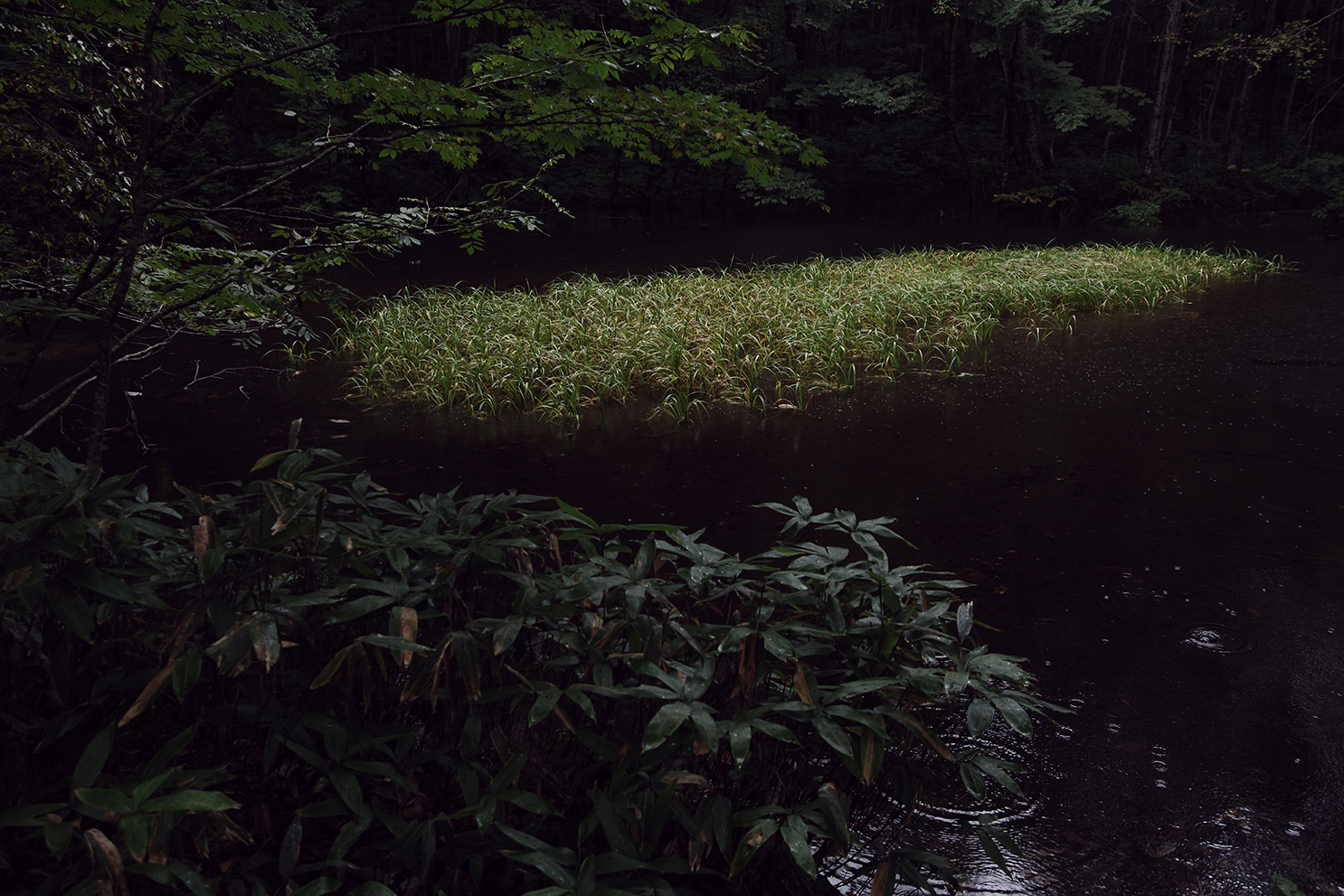
To further improve image quality, the PENTAX K-3 Mark III incorporates a newly adopted, back-illuminated imaging sensor with approximately 25.7 effective megapixels. It also features an AA (anti-aliasing)-filter-free design to faithfully reproduce the delicacy of light, or the fine outlines of a subject.
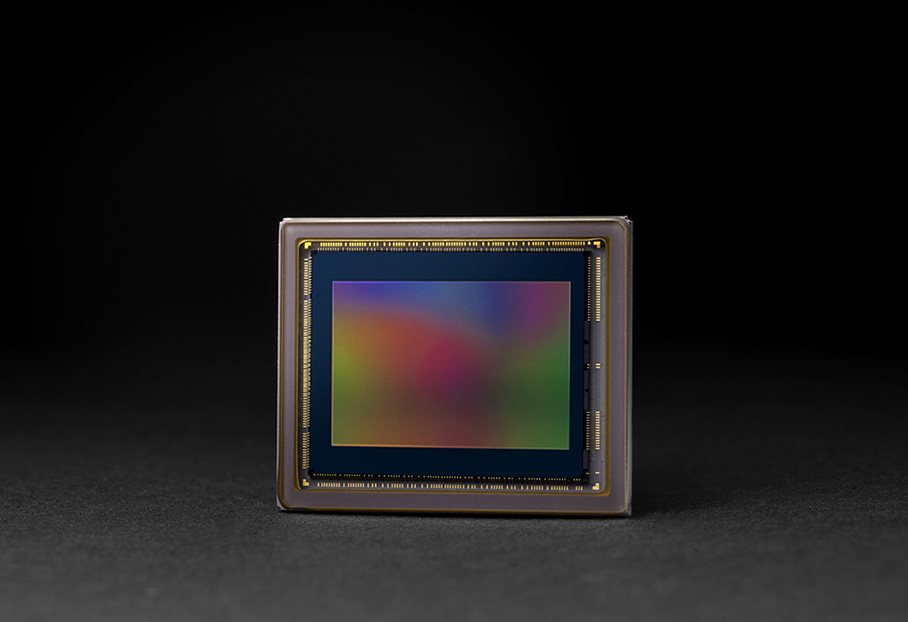
For the PENTAX K-3 Mark III, PENTAX developed the PRIME V imaging engine and the second-generation accelerator unit. This combination provides a harmony of flawless, high-speed operations and super-high-sensitivity, high-quality imaging, all at a level of performance higher than ever before.
The overall performance of the PENTAX Real-time Scene Analysis System and the autofocus system has also been much improved to ensure: flawless, high-speed operation; super-high-sensitivity, high-resolution imaging; better autofocus performance; and a broader range of shooting functions.

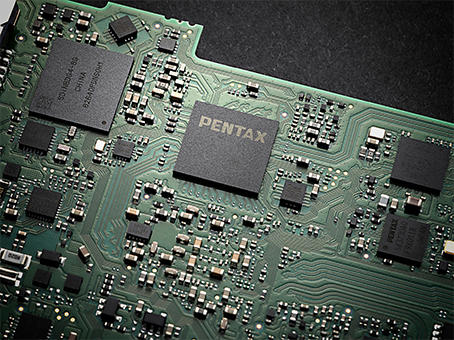
Thanks to its multi-dimensional image space filtering process, the PENTAX K-3 Mark III greatly reduces noise, while still retaining the subtle outlines of a subject.
This advanced technology optimizes the camera’s resolving power, and faithfully reproduces the subject's texture and detail.
It also improves image description in the lower sensitivity range, while minimizing unfaithful reproduction of blacks in the higher sensitivity range where color reproduction becomes more difficult. Even at the top sensitivity of ISO 1,600,000, it delivers
a natural, well-defined image with a sharp subject outline and vivid colors.

 ISO 1600
ISO 1600 ISO 3200
ISO 3200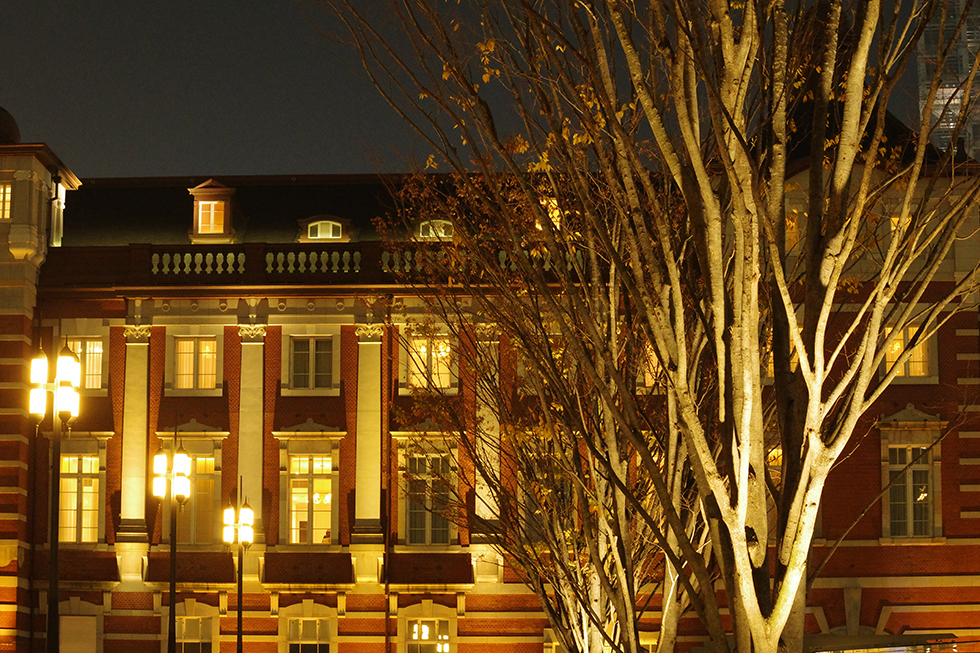 ISO 6400
ISO 6400 ISO 12800
ISO 12800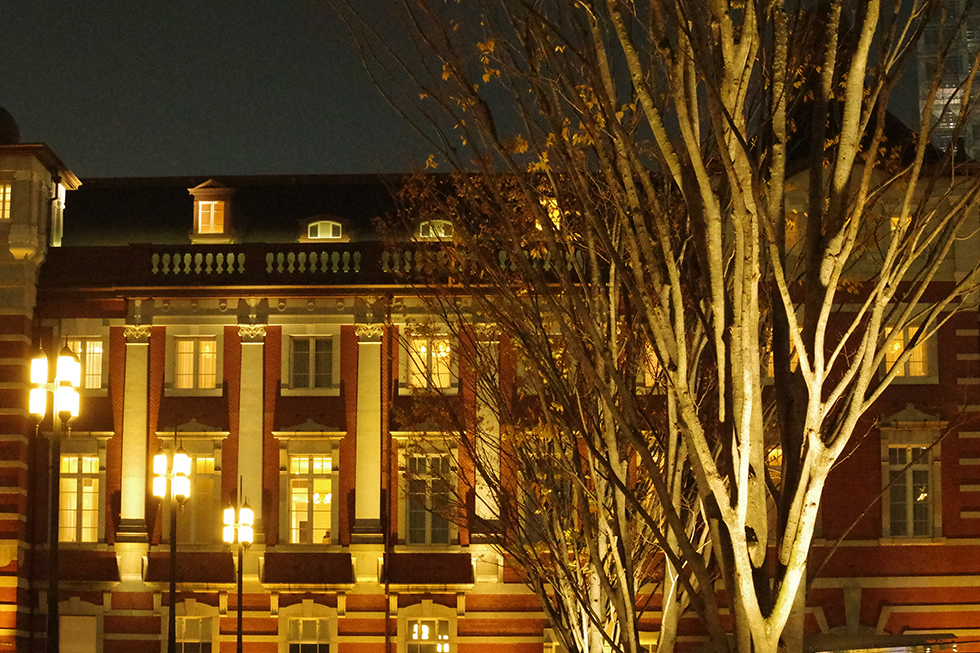 ISO 25600
ISO 25600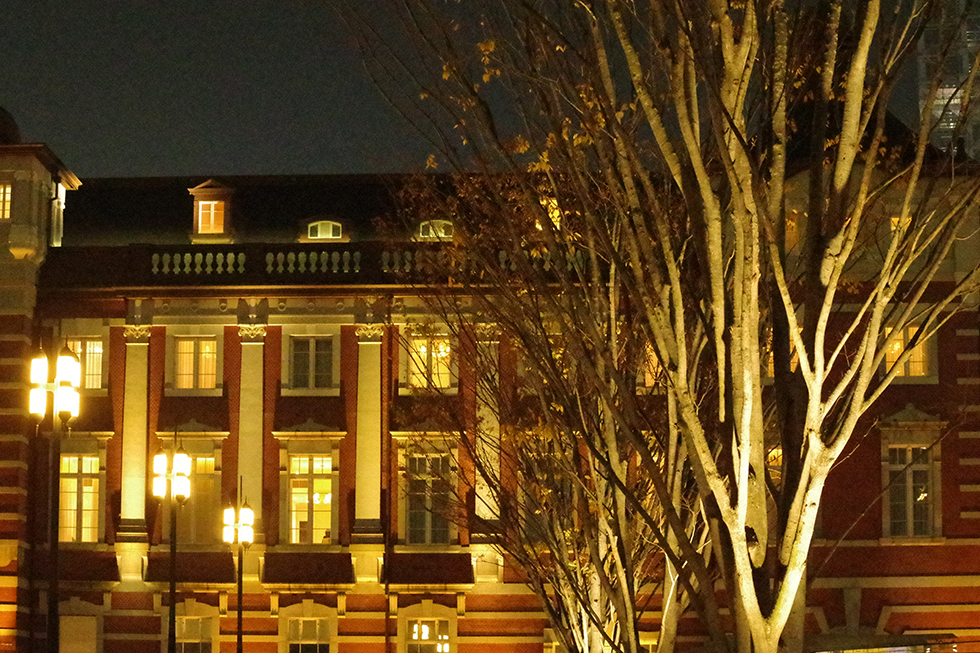 ISO 51200
ISO 51200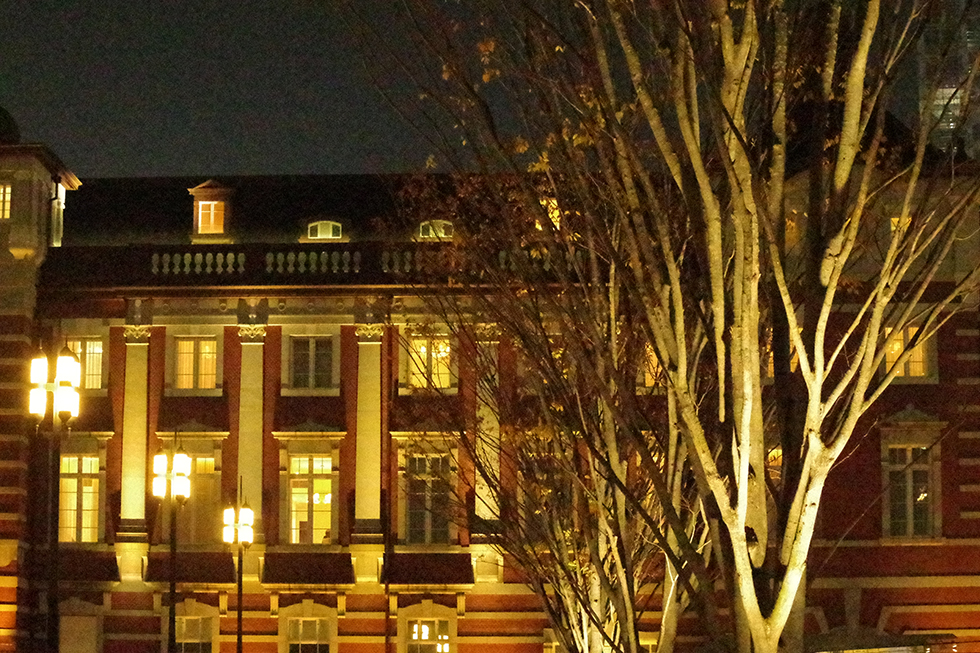 ISO 102400
ISO 102400 ISO 204800
ISO 204800
Thanks to the incorporation of the new PRIME V imaging engine, the PENTAX K-3 Mark III features the much-improved Fine Sharpness function to more faithfully and finely reproduce the subject's outline and detail.
Preset as a default setting, this function reproduces the subject's details more naturally and sharply,
while reducing the adverse effect of noise to a minimum.

With the renewal of the image sensor, imaging engine and accelerator, PENTAX has further enhanced the PENTAK K-3 Mark III’s image quality. This was based on PENTAX's image design concept emphasizing the faithful reproduction of detail and texture.
Through repeated sensibility evaluations,
PENTAX made great improvement in overall image quality,
by efficiently controlling the camera’s noise-reduction process while paying the utmost attention to the total balance of captured images, with an emphasis on factors such as the natural reproduction of gradation and color.
This PENTAX-original system, which performs an in-depth analysis of each individual scene by assessing such factors as the brightness distribution over the image field and the subject’s shape, color and motion, has been greatly upgraded, thanks to the incorporation of a new RGBIr AE sensor with approximately 307,000 pixels, which detects the subject in greater detail than before.
Coupled with the state-of-the-art imaging engine,
it performs accurate detection of the subject's face and eyes in viewfinder shooting, along with high-precision tracking of moving subjects. Combined with an image recognition system adopting Deep Learning technology, it provides highly dependable exposure control and automatic selection of the optimal focus point.
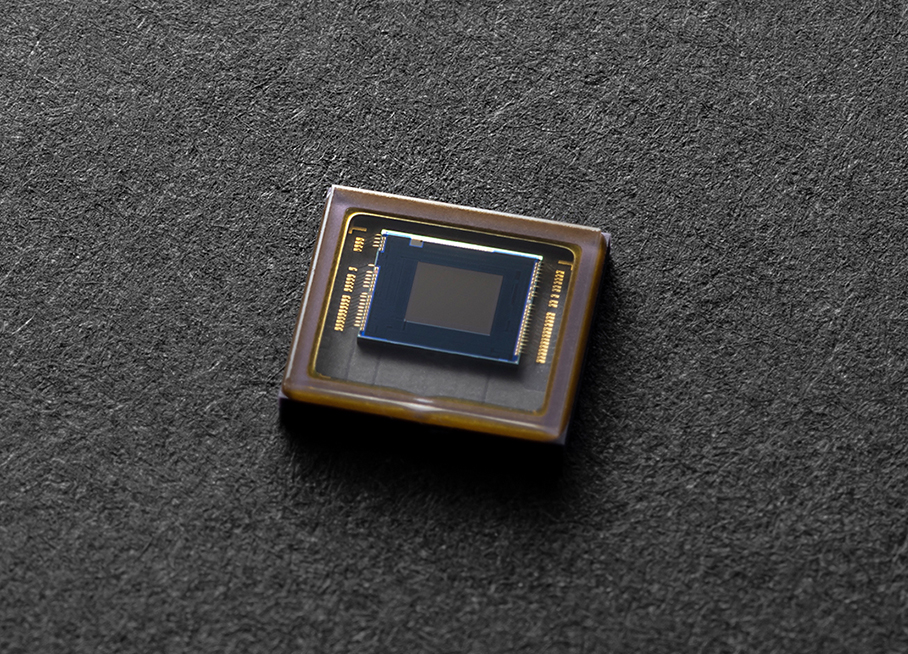
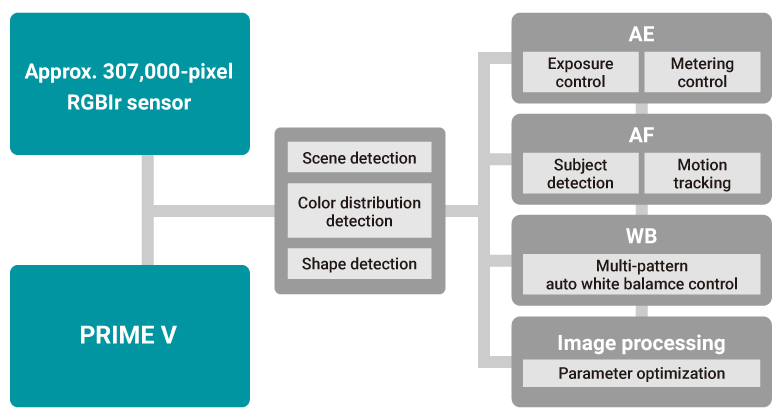
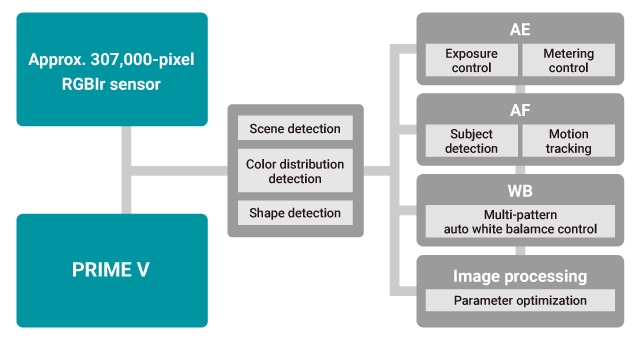
To apply the finishing touch that recreates the impression or emotion you felt during shooting,
the PENTAX K-3 Mark III's Custom Image function features 13 distinctive modes to add a variety of visual expressions.* Each mode offers effortless adjustment of parameters such as saturation, tone, key, contrast and sharpness.**
* When the mode dial is set to AUTO, this function is locked to the Auto Select mode.
**Selectable parameters vary depending on a selected Custom Image mode.








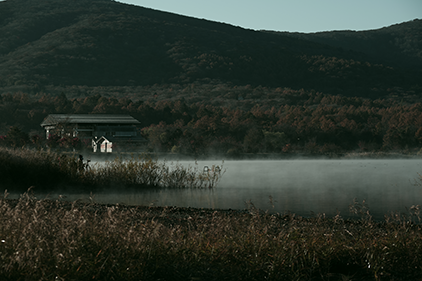

This unique white balance mode allows you to emphasize an impression color and dramatize your personal impressions for such scenes as dramatic sunrises and sunsets, fresh green leaves in spring, or clear, blue skies in summer.
In contrast to the standard Auto White Balance mode, it adjusts the white balance setting to emphasize the image's dominant color to create
a distinctive visual effect.


The PENTAX K-3 Mark III's SR II mechanism compensates for camera shake caused by horizontal and vertical shift, roll, pitch and yaw, with a wide compensation range up to approximately 5.5 shutter steps.*
In addition to the all-purpose Auto mode,
this mechanism also provides a Panning mode to capture slow-moving subjects. You can choose the mode that provides the ideal compensation effect for your subject.
*In terms of the shutter speed used for still images: measured in conformity to CIPA standards, using an HD PENTAX-DA 16-85mmF3.5-5.6ED DC WR lens set at a focal length of 85mm.
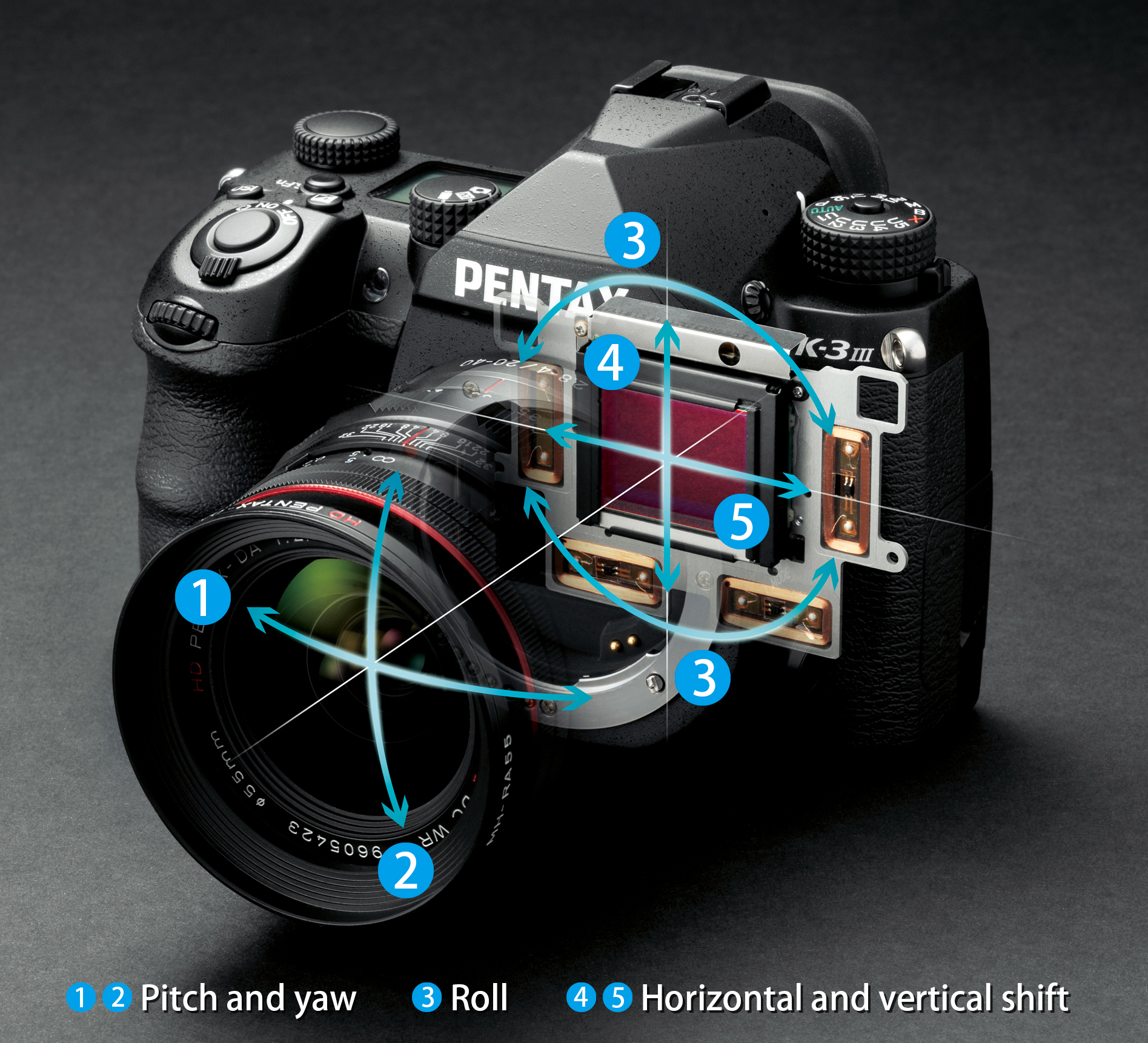
By taking advantage of the SR II mechanism,
this innovative system* captures four images of the same scene by slightly shifting the image sensor for each image to obtain all RGB color data for each pixel,
then synthesizes them into a single, super-high-resolution composite image.
This assists the camera in producing super-high-resolution images with true-to-life colors free of false color or noises — something conventional cameras fail to deliver.
*When using this system, the user is advised to stabilize the camera firmly on a tripod during shooting.
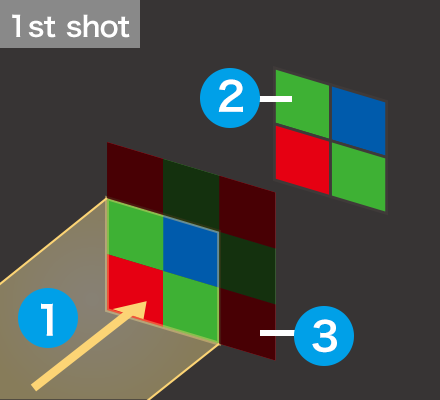
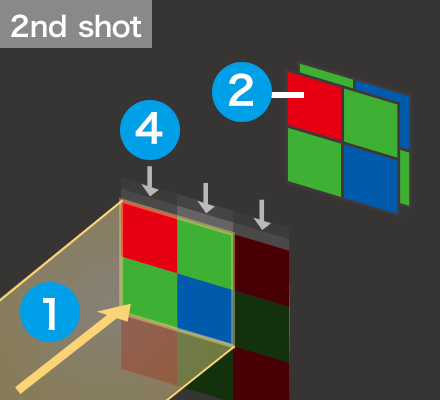
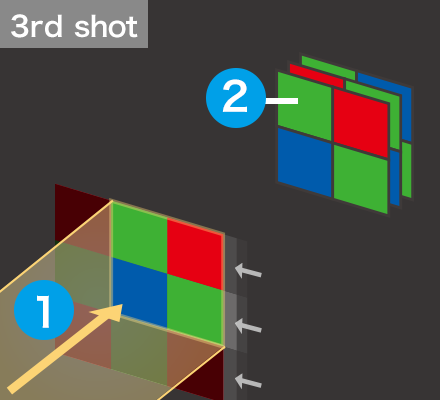
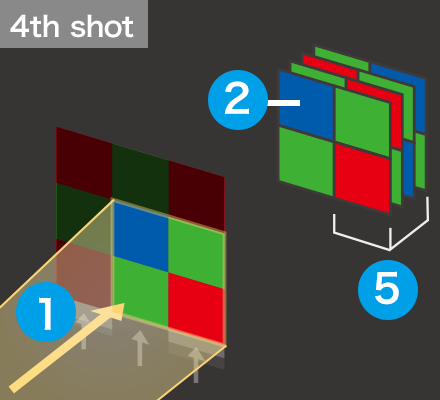
1Light
2Color information obtained
3CMOS image sensor receiver
4Motion of sensor
5Each pixel obtains color and brightness information of every RGB
This PENTAX-original simulator* effectively minimizes moiré and false color by activating the SR II mechanism to apply microscopic vibrations to the image sensor during exposure. For ordinary shooting, you can turn this off to maximize the camera's resolving power as delivered by its AA-filter-free design. Then you can activate it for certain scenes or subjects which require a filtering effect.
*This function works most effectively with a shutter speed of 1/1000 second or slower.
*This function cannot be used in some shooting modes, or when combined with certain functions.